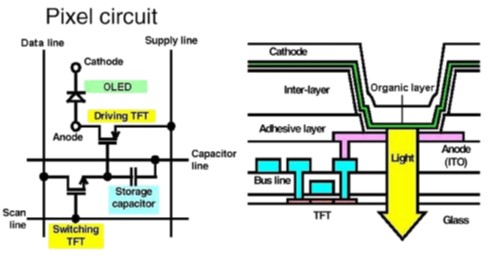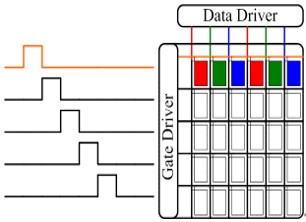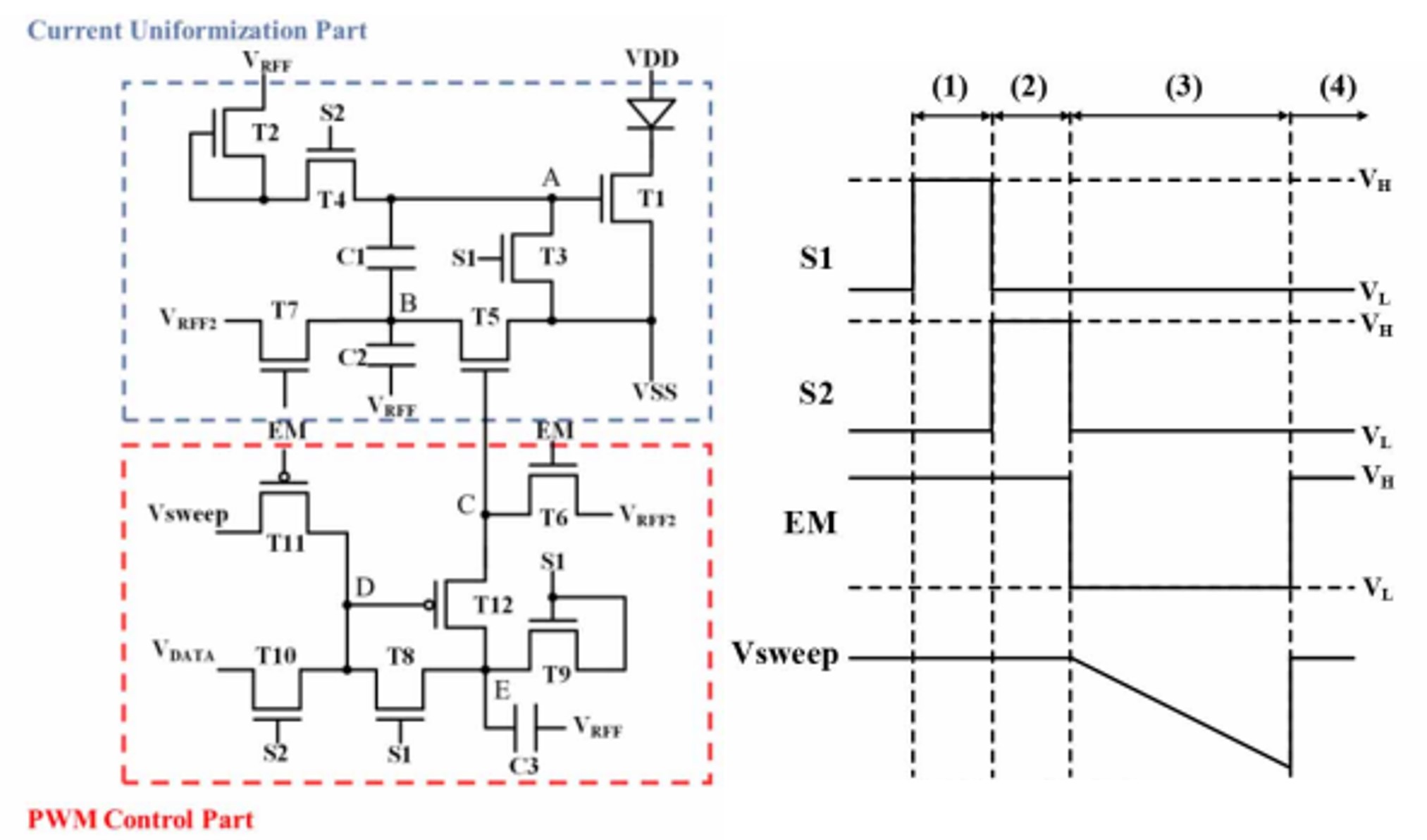Display integrated circuit design
The field of displays is advancing rapidly, with mature OLED and emerging Micro-LED technologies gradually replacing traditional LCDs. Self-emissive display technologies, which do not require a backlight, are driving the development of transparent and flexible displays. Consequently, the focus of current display technology is expanding towards applications such as AR/VR, wearable devices, and smart vehicle HUDs. This trend is bringing displays closer to daily life and changing people's lifestyles.

OLED and Micro-LED have overcome the traditional LCD's opacity limitation. By increasing the proportion of transparent sub-pixels within the overall pixel array, display panels can achieve transparency, significantly expanding their applications in daily life. Flexible panels have unlocked endless possibilities for wearable devices, seamlessly integrating smart functionalities into people's lives. AR glasses leverage the self-emissive properties of OLED and Micro-LED, enabling transparent displays. This transformation turns glasses into high-resolution transparent displays, allowing users to see the real environment while interacting with virtual interfaces, fundamentally altering people's future lifestyles.
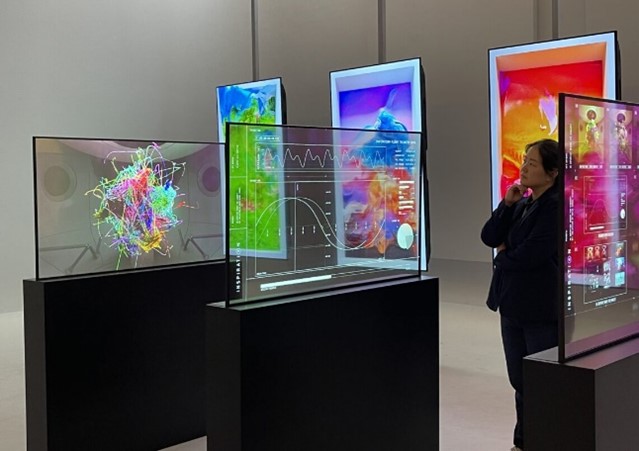
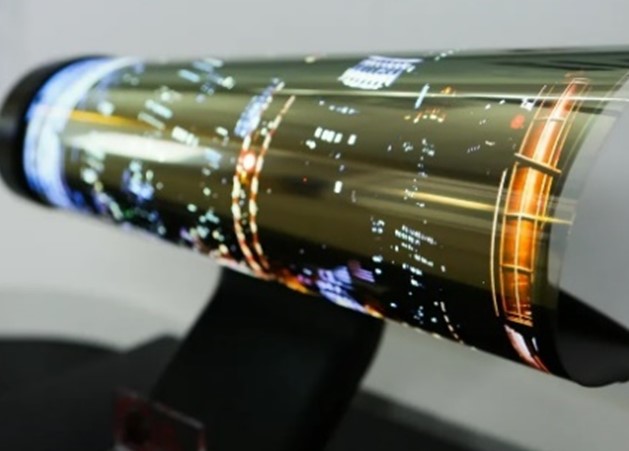
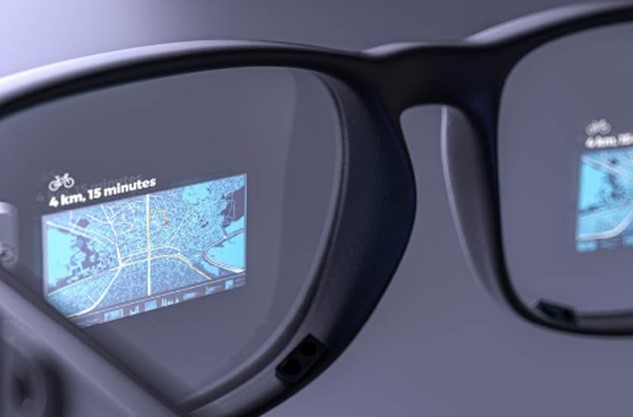
(a)
(b)
(c)
(a) Transparent OLED display. (b) Flexible OLED panel. (c) Interactive AR glass
With the rapid advancement of display technologies in recent years, the components such as light-emitting elements, driving circuits, and algorithms used must also keep pace with these advancements. Therefore, our laboratory is currently dedicated to the development of high-PPI display technologies, conducting in-depth research on Micro-LED-related technologies to enhance the visual experience of displays. This includes analysis and modeling of component characteristics, design and simulation of display circuits, and development of peripheral driving circuits. Additionally, our laboratory has been deeply involved in AMOLED display technology for many years. Our current research includes the development of compensation algorithms for Demura and Deburn-in by integrating AI neural networks. This aims to predict component aging, improve screen uniformity, and verify the feasibility of integrating AI models into a single chip using FPGA. Additionally, our laboratory has established close collaborations with various industry companies, and we validate our research technologies through fabricated panels.
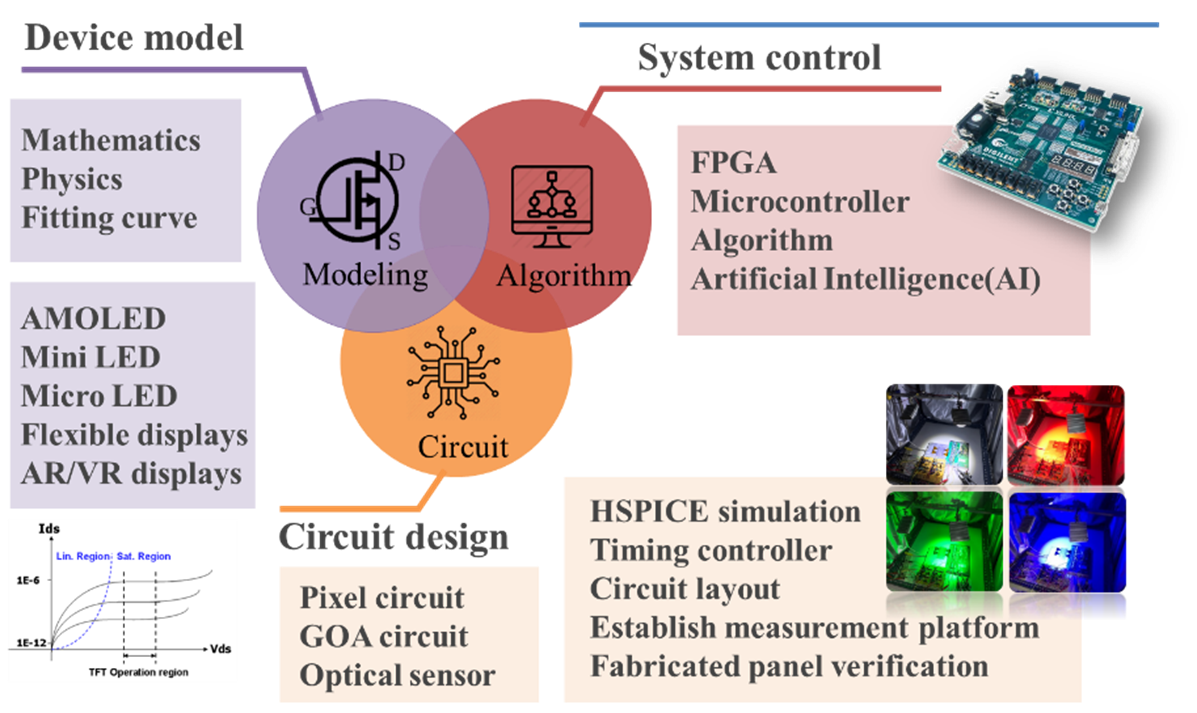
The main focus of our laboratory's research of the display integrated circuit team
